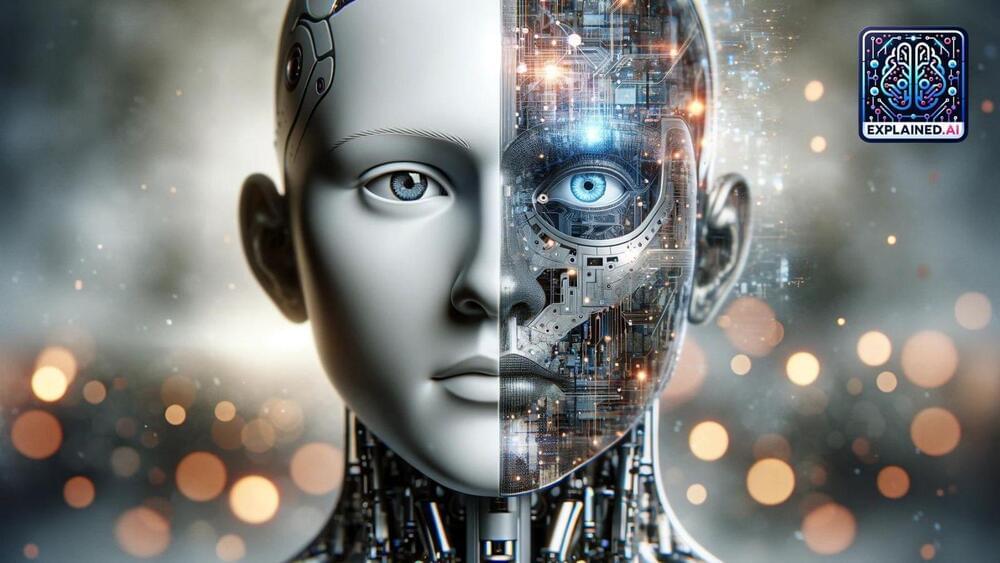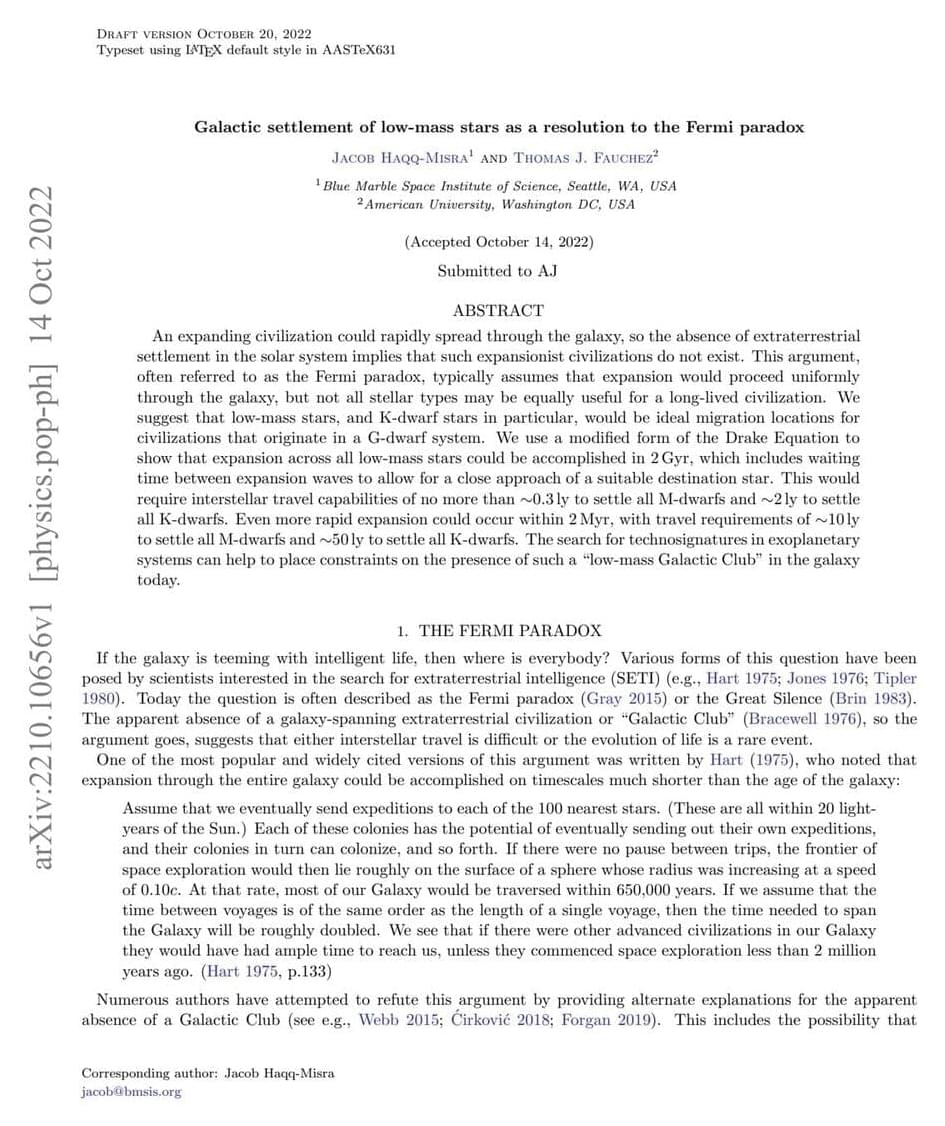This is an issue that the character Ye Wenjie wrestles with in the first episode of Netflix’s 3 Body Problem. Working at a radio observatory, she does finally receive a message from a member of an alien civilization—telling her they are a pacifist and urging her not to respond to the message or Earth will be attacked.
The series will ultimately offer a detailed, elegant solution to the Fermi Paradox, but we will have to wait until the second season.
Or you can read the second book in Cixin Liu’s series, The Dark Forest. Without spoilers, the explanation set out in the books runs as follows: “The universe is a dark forest. Every civilization is an armed hunter stalking through the trees like a ghost, gently pushing aside branches that block the path and trying to tread without sound.”






